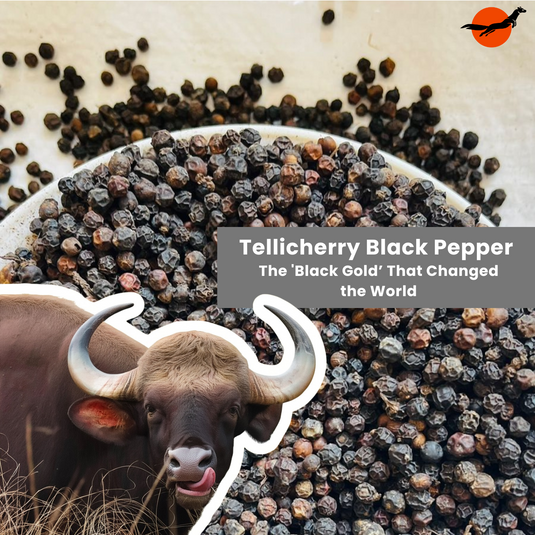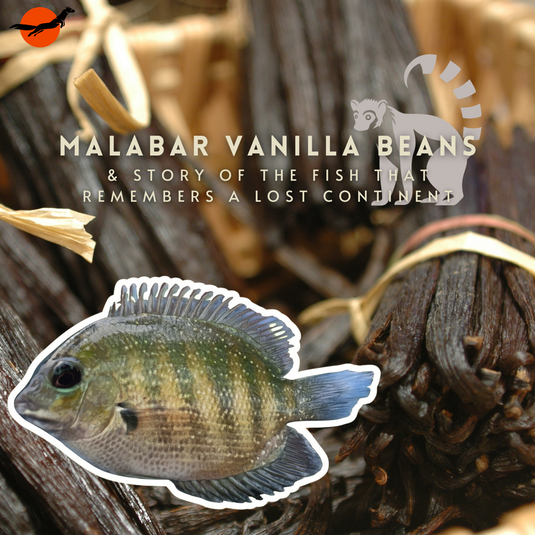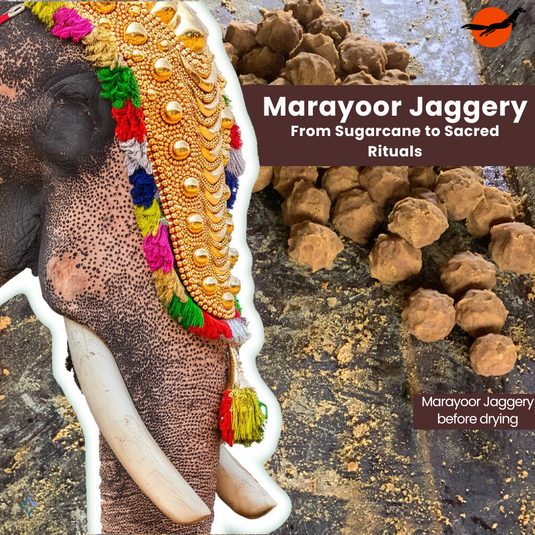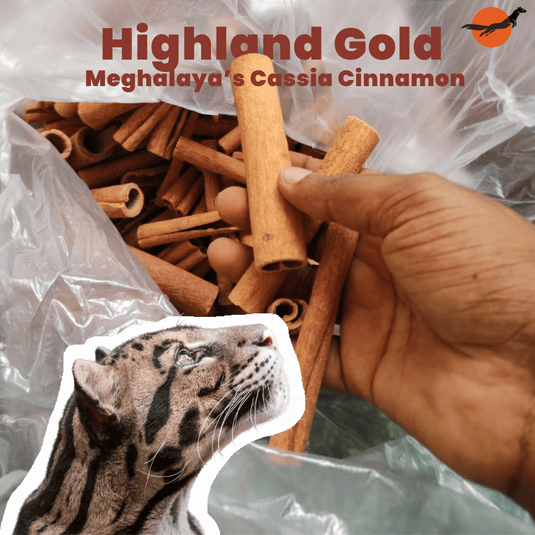Have you ever paused before grinding pepper over your meal and wondered where it comes from? For most black pepper, the story is interesting. But one variety stands out—with a rich history of ancient trade, bold exploration, and a deep, aromatic flavor that was once as valuable as gold.
Meet Tellicherry Black Pepper, the undisputed king of spices.
This isn't just any pepper. This is the spice that built and broke empires, launched fleets of ships, and continues to be the secret weapon in the arsenal of top chefs and food lovers worldwide. So, grab your Pepper shaker and let's journey to the lush coastline of Kerala, India, to uncover the secrets of this remarkable peppercorn.
What Exactly is Tellicherry Pepper?
First, let's clear up a common misconception. Tellicherry Pepper isn't a different species of plant. It comes from the same vine as all black pepper, Piper nigrum.
Tellicherry Black Pepper reveals its magic through the time and place of its harvest.
Farmers leave Tellicherry peppercorns on the vine longer than standard black pepper, allowing them to ripen more fully. This extra time in the sun develops their size and, most importantly, their incredibly complex flavor. After harvest, graders sort the peppercorns, and only the largest, most perfect berries - those measuring at least 4.25mm in diameter - receive the prestigious 'Tellicherry' designation.
Think of it like the difference between a standard table grape and a rich, complex wine grape. Same plant, but the care, timing, and selection create a world of difference.
A Single Origin Spice : The Malabar Coast Connection
You can't talk about Tellicherry Pepper without talking about its home: the legendary Malabar Coast in Kerala, India. This isn't just a location; it's the pepper's lifeblood. The geographical landscape of the Malabar Coast in Kerala, India, has deeply shaped the story of Tellicherry pepper, its exclusive home for over 4,000 years.
The Port City of Tellicherry
The spice gets its name from the historic port city of Thalasseri (formerly anglicized as Tellicherry). For centuries, this bustling port was the global epicenter for the spice trade. Traders shipped precious cargoes of 'black gold' from its docks to ancient Rome, China, and the Middle East, making the Malabar region fabulously wealthy and famous.
A Journey Through Time: The History of 'Black Gold'
The story of Tellicherry Pepper is the story of global history. Its value was so immense that it shaped economies and inspired world-changing events.
From Egyptian Kings to Roman Courts
Historical records show that Indians used pepper as early as 2000 BCE, and the spice spread to ancient civilizations around the world. Ancient Egyptians valued this 'black gold' so highly that they stuffed black peppercorns into the nostrils of Ramesses II during his mummification in 1213 BCE, highlighting the spice's sacred and economic importance.
The Romans were utterly captivated by pepper, with the famous Roman writer Pliny the Elder documenting that pepper came from South India's Malabar Coast. The Roman appetite for this spice was so high that Pliny wrote about the economic impact, noting that "There is no year in which India does not drain the Roman Empire of 50 million sesterces".
In 70 AD, the Periplus of the Erythraean Sea – an ancient merchant's guide – specifically mentioned the exchange of Roman coins for black pepper at Malabar ports such as Muziris. This legendary port, now believed to be near modern-day Kodungallur, was where Roman ships arrived laden with gold and departed with precious peppercorns.
Romans valued pepper so highly that they used it as currency. When Alaric I the Visigoth besieged Rome in 408 CE, the ransom demanded included 5,000 pounds of gold, 30,000 pounds of silver, and crucially, 3,000 pounds of pepper.
The Medieval Spice Wars: Pepper as Power
The Arab Monopoly
After the fall of the Roman Empire, Arab traders took control of the pepper trade, establishing a centuries-long monopoly. They sailed down the coastline and up the backwaters of the Malabar Coast, purchasing pepper directly from cultivators and then selling it in Europe at high prices. Many of these Arab merchants settled in the region, which explains why many inhabitants of the Malabar Coast are Muslims today.
The Spice That Launched a Thousand Ships
The desire to control the pepper trade was a primary driver of the Age of Discovery. When Portuguese explorer Vasco da Gama successfully navigated his way around Africa to the Malabar Coast in 1498, his mission was singular: to bypass the old overland trade routes and establish a direct sea route for spices, especially pepper. His arrival in Calicut, just south of Tellicherry, forever changed the course of global trade and history.
The British East India Company
The British East India Company, established in 1600, initially built its fortune on pepper trade. The Company established trading posts throughout the Malabar Coast, with Tellicherry (Thalasseri) becoming a crucial administrative center.
In 1797, the Company established the Anjarakkandy Spice Plantation near Thalasseri – once the world's largest cinnamon plantation, which also cultivated pepper, nutmeg, and other spices.
The Final Grind
Tellicherry Pepper is more than just a seasoning; it's a piece of living history. Every time you twist that grinder, you're releasing the aromas that have captivated the world for millennia. You're tasting the sun and rain of the Malabar Coast and connecting to a story of trade, exploration, and culinary excellence.
The story of Tellicherry pepper is story of human civilization itself – of trade routes that connected continents, of empires that rose and fell in pursuit of flavor, and of a small dried berry that changed the course of history. From ancient Egyptian mummies to modern Michelin-starred restaurants, this remarkable spice continues to captivate and inspire.
So next time you reach for the pepper, don't just season your food. Elevate it with the king of spices.




